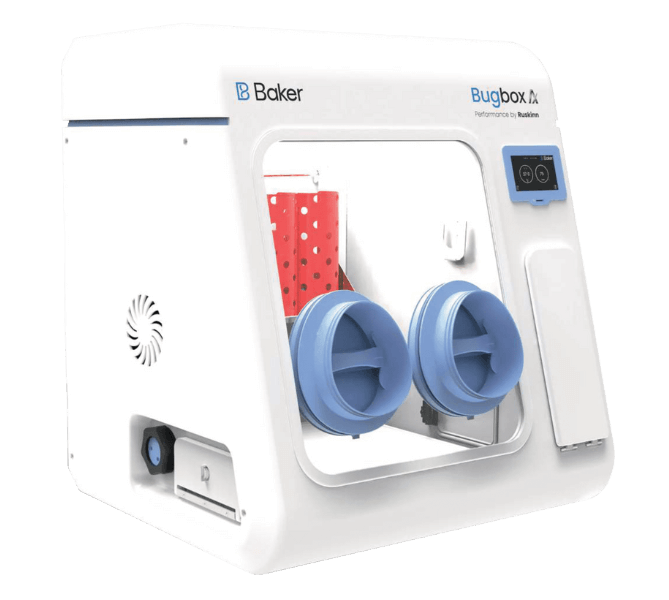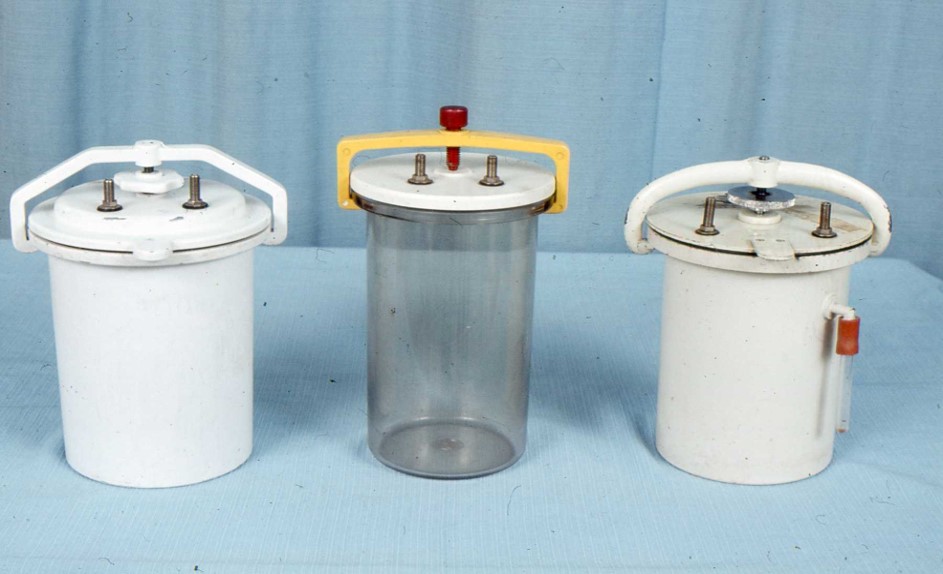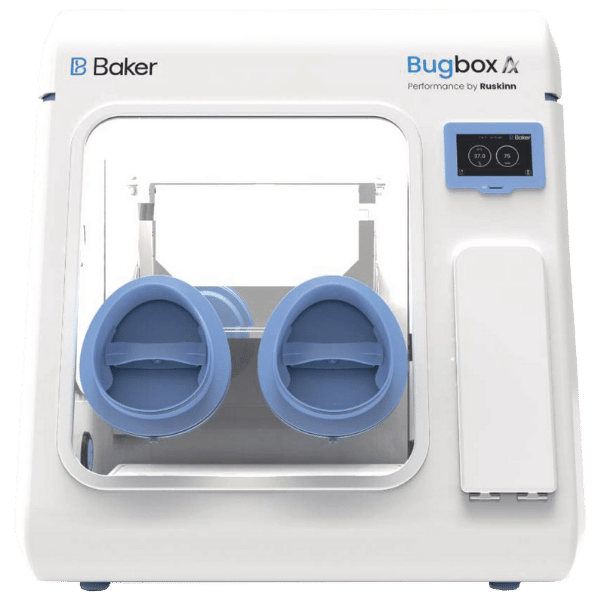System Used:
BugBox Ax Workstation

In this article, we compared traditional anaerobic jars to modern anaerobic workstations in pursuit to find a more efficient method for researching anaerobes, which is critical in sectors such as healthcare, food science, and oil & biofuels.
Anaerobes, ranging from the health-threatening Clostridium to the food-spoiling Lactobacillus, require oxygen-free growth conditions. While this may appear simple, maintaining stable anaerobiosis is a difficult task.
The traditional anaerobic jars have numerous drawbacks:
- Setup: Jars require time-consuming setup, from placing sachets to sealing and incubating
- Growth Check: Only the top and bottom plates are visible. Opening them exposes them to harmful oxygen.
- Limited Capacity: Because a jar only holds 10-15 plates, labs require a large number of jars
- Incubators: Multiple jars necessitate the use of multiple incubators, crowding the workspace
- Vulnerability to Leak: Fragile jar structures are vulnerable to leakage, putting cultures at risk of oxygen exposure

This is where we introduce the BugBox Ax workstation, designed specifically to help microbiologists cope with rising workloads and provide the best primary isolation rates. Read plates easily without exposing them to oxygen.
BugBox Ax Anaerobic Workstation Major Features:
- 290 90mm plate capacity, 30 plate interlock capacity
- Fully incubated workstation
- Touchscreen controls, fine control of temperature & humidity
- Precision control of Anaerobic conditions , optical O2 sensor monitors conditions in real time, If conditions deviate they are immediately corrected
The BugBox Ax workstation is the the ideal jump from jars to workstation for a reasonable price.
